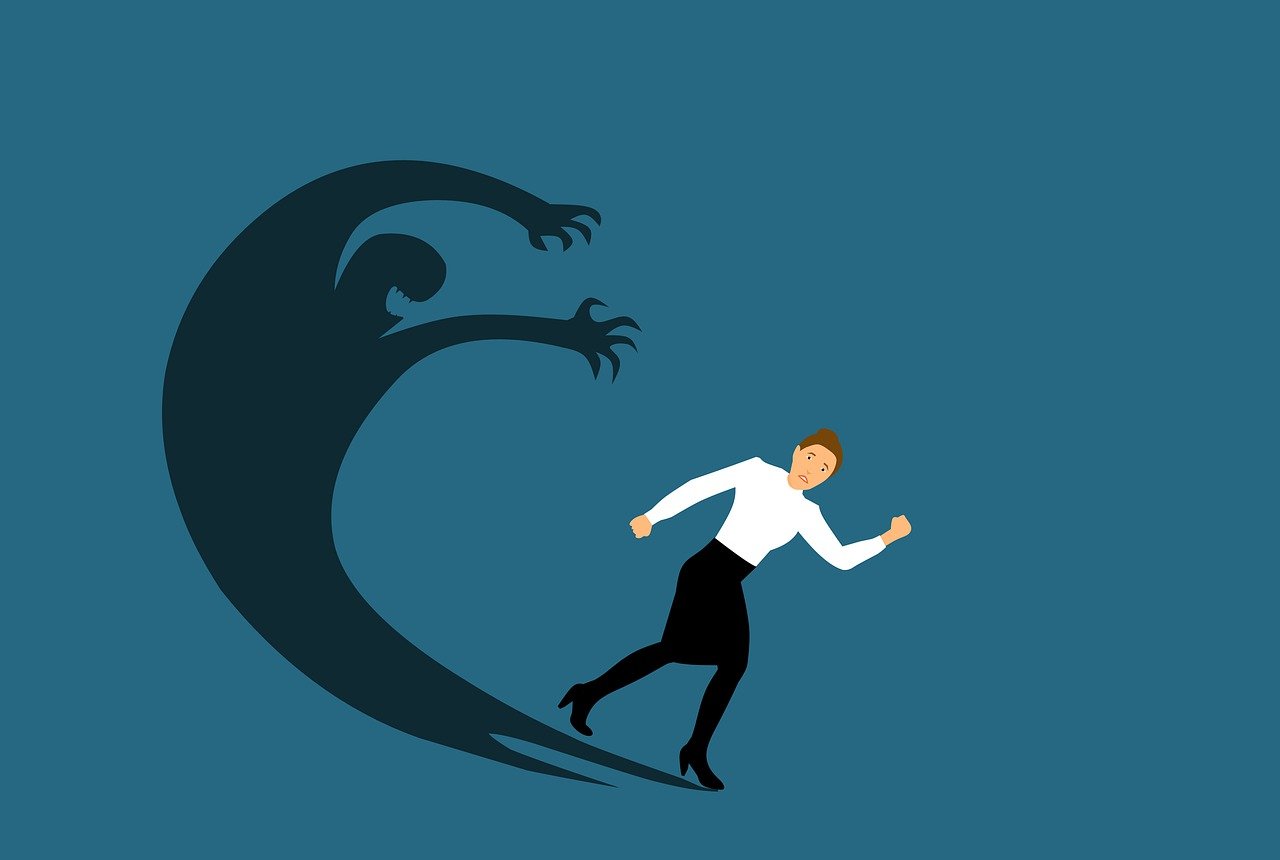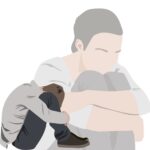A lot of people in the general community have panic disorder. It is one form of anxiety disorder that is characterized by recurrent, sudden panic attacks. Many ideas and models try to explain how panic disorder might start. Most of them point to a biological imbalance as a major cause, such as problems with gamma-aminobutyric acid, cortisol, and serotonin. Genetic and external factors are thought to play a part in how panic disorder can happen. Studies have found that bad experiences in childhood may cause panic disorder as an adult. Newer study suggests that neural circuits may play a bigger role in panic disorder. This means that some parts of a person’s brain are overactive, which makes them more likely to develop the disorder.
There are some studies that suggest genetics may have something to do with how panic disorder starts. People who are first-degree cousins of someone who already has the syndrome have a 40% chance of getting it themselves. There is also a high chance that people with panic disorder will develop other mental illnesses.
Lifetime rates of panic disorder in people in the US are estimated to be between 2% and 6%. 2.7% of people will have it in a year, and 44.8% will be considered “severe” cases. According to the empirical evidence, lifetime rates of panic disorder are pretty high; they are only slightly lower than rates of social anxiety disorder, PTSD, and generalized anxiety disorder. Notably, people with panic disorder are much more likely than the general population to have heart, lung, digestive, and other health problems throughout their lives. People from Europe are more likely to have panic disorder than people from Asia, Africa, or Latin America. Women are more likely to be impacted than guys. Teenagers and young adults are most likely to have panic disorder, while kids younger than 14 are less likely to have it.
Here is a clinical presentation of panic disorder.
The high prevalence of panic disorder signals early detection and treatment of the condition to avoid its harmful consequences. The following diagnostic criteria and features, as suggested by DSM 5 TR, can help diagnose panic disorder:
Diagnostic Criteria
A. Sudden panic attacks that happen over and over again. A panic attack is a sudden, strong feeling of fear or pain that gets worse quickly and lasts for minutes. During this time, four or more of the following signs happen:
Note: The sudden rise can happen whether you are calm or worried.
1. Palpitations, a racing heart, or a fast heart rate.
2. Sweating.
3. Shaking or trembling.
4. Having trouble breathing or feeling suffocated.
5. Sense of choking.
6. Pain or stiffness in the chest.
7. Feeling sick or having stomach problems.
8. Feeling dizzy, shaky, light-headed, or weak.
9. Feelings of chills or heat.
10. Paresthesias (feelings of numbness or tingle).
11. Feelings of not being in the real world or being cut off from oneself (depersonalization).
12. The worry that they will lose control or “go crazy.”
13. The fear of dying.
Note: Symptoms that are unique to a culture may show up, such as deafness, neck pain, headaches, or screaming or crying uncontrollably. These signs shouldn’t count as one of the four needed ones.
B. After at least one of the attacks, there was at least one of the following for at least one month:
1. Constant worry or fear of having more panic attacks or the bad things that could happen as a result, like losing control, having a heart attack, or “going crazy.”
2. An important change in behavior that isn’t helpful because of the attacks, like staying away from exercise or situations you’re not used to in order to avoid having them.
C. The problem is not caused by the body’s response to a substance (like an illegal drug or a prescription drug) or a medical situation (like hyperthyroidism or heart trouble).
D. Another mental disorder cannot explain the problem better. For example, panic attacks don’t only happen when people are afraid of social situations (social anxiety disorder), when they are afraid of specific objects or situations (specific phobia) when they are obsessed with something (obsessive-compulsive disorder), when they are reminded of a traumatic event (post-traumatic stress disorder), or when they are separated from people they care about (separation anxiety disorder).
Diagnostic Features
- Recurrent, spontaneous panic attacks indicate panic disorders.
- Panic attacks are brief, acute feelings of terror or discomfort that worsen to the last minute.
- At least four of thirteen physical and mental indications must occur simultaneously.
- Recurrent refers to many unexpected panic attacks.
- A sudden panic attack has no known cause.
- Nocturnal panic attacks occur when the person is resting or waking up.
- When there is a clear indicator or reason, such as being in a panic attack-prone environment, expected panic attacks occur.
- Clinicians decide if panic episodes are predictable or unexpected. They accomplish this by carefully interrogating the subject about events before or during the incident and if the attack appeared random.
- The culture determines whether panic episodes are anticipated or surprising.
- About half of US and European panic disorder sufferers have planned and spontaneous panic episodes.
- Having predicted panic episodes does not rule out panic disorder.
- Panic attacks can occur at many times and methods.
- Attacks might occur daily or weekly for months.
- Over many years, there may be weeks or months without episodes or attacks that occur twice a month.
- People who do not suffer panic attacks frequently share indicators, demographics, co-occurring disorders, family background, and biological facts with those who do.
- Panic disorder can cause full-symptom (four or more symptoms) and limited-symptom attacks.
- Symptoms vary from attack to attack.
- A person must experience many abrupt, full-blown panic attacks to be diagnosed with panic disorder.
- Nighttime panic attacks are different from morning worries.
- One-quarter to one-third of Americans with panic disorder have suffered a midnight panic episode.
- Daytime panic episodes affect most of these folks.
- Panic episodes throughout the day and at night are indicative of a more severe panic condition.
- People who fear panic attacks worry about their health. They may fear their panic episodes indicate a life-threatening ailment like heart disease or seizure disorder. They also worry about social situations, such as being embarrassed or judged for their evident panic symptoms. They fear “going crazy” or losing control and their mental health. Panic disorder sufferers who fear death have more severe symptoms.
- Bad behavior modifications are attempts to reduce or prevent panic episodes and their complications.
- Avoiding physical activity, rearranging daily life so help is easy to find in case of a panic attack, limiting normal daily activities, and avoiding situations that make you think you have agoraphobia, like leaving the house, taking public transportation, or shopping, are examples.
- Agoraphobia is diagnosed differently if present.
I am a passionate and knowledgeable psychologist, with a Master of Philosophy (MPhil) in Psychology specializing in Counseling Psychology. Through my writing, I share my insights and thoughts on various psychiatric disorders, conduct analysis on films that touch on psychological issues, and explore other topics related to psychology, while also providing valuable information to psychology enthusiasts, students as well the general community.





